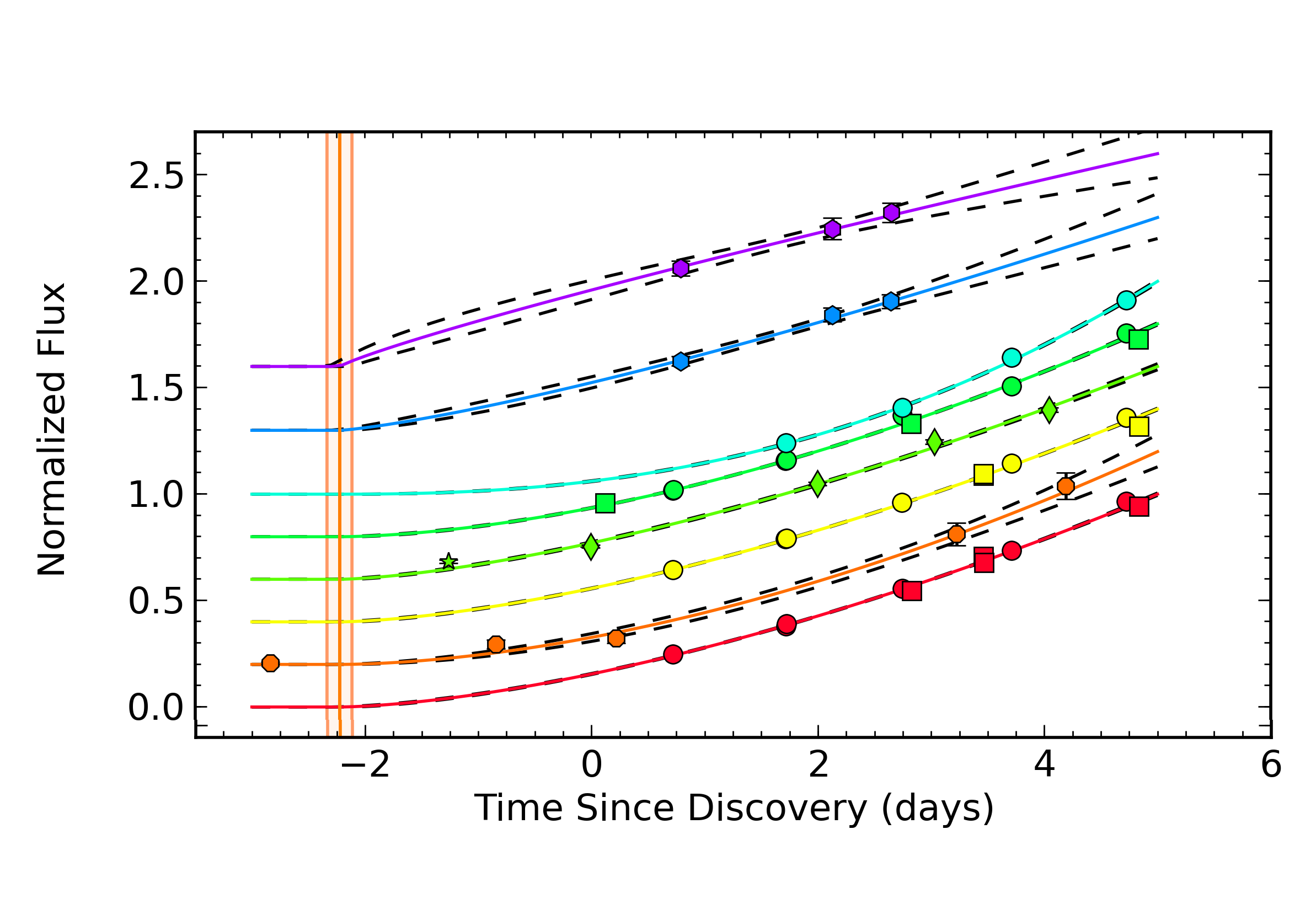Supernovae
A supernova is an extremely powerful explosion that occurs at the end of a star's life. They mainly occur in one of two ways: either a white dwarf reaches a critical mass and ignites in a thermonuclear explosion (a "Type Ia supernova"), or a massive star collapses and ejects its outer layers at the end of its life (a "core-collapse supernova"). In either case, the resulting explosion can be so luminous that it outshines its entire host galaxy, meaning we can detect them at large distances. However, despite being studied for decades, much about supernova progenitors, the explosion mechanisms, and their remnants are still not well understood.
The primary goal of ASAS-SN is the discovery of bright, nearby supernovae in an unbiased way, and we have discovered hundreds of new supernovae since we began survey operations in 2013. Nearby supernovae can be studied in a much more comprehensive way that more distant supernovae, allowing us to learn about the physics of these explosions through study of individual supernovae. Population studies of nearby supernovae can reveal much about the populations of more distant supernovae, and an unbiased survey approach like that of ASAS-SN is necessary to minimize the effects of survey approach on these population studies and most accurately represent the true population of supernovae.
My work on supernovae has primarily focused on two areas: the in-depth study of particularly interesting or unique individual supernovae, and the compilation of catalogs of bright supernovae and their hosts that can be used for population studies. A selection of the supernova papers I have led or been involved in are described below; please see my my ADS library or my CV for a full list of my supernova publications.
Lead-Author Papers
The ASAS-SN Bright Supernova Catalog -- IV. 2017
Holoien, T. W.-S. et al., MNRAS, 484, 1899 (2019)
This is the fourth ASAS-SN bright supernova catalog, compiling information about supernovae discovered in 2017.
The ASAS-SN Bright Supernova Catalog -- III. 2016
Holoien, T. W.-S. et al., MNRAS, 471, 4966 (2017)
This is the third ASAS-SN bright supernova catalog, compiling information about supernovae discovered in 2016.
The ASAS-SN Bright Supernova Catalog -- II. 2015
Holoien, T. W.-S. et al., MNRAS, 467, 1098 (2017)
This is the second ASAS-SN bright supernova catalog, compiling information about supernovae discovered in 2015.
The ASAS-SN Bright Supernova Catalog -- I. 2013-2014
Holoien, T. W.-S. et al., MNRAS, 464, 2672 (2017)
This is the first ASAS-SN bright supernova catalog, compiling information about supernovae discovered in 2013 and 2014.
Discovery and Observations of the Unusually Luminous Type-Defying II-P/II-L Supernova ASASSN-13co
Holoien, T. W.-S. et al., Acta Astronomica, 66, 219 (2016)
This discovery paper presents observations of ASASSN-13co, an unusually luminous type II supernova that exhibited a light curve that is not well described by either the classic plateau or linear shapes.
Selected Additional Supernova Papers
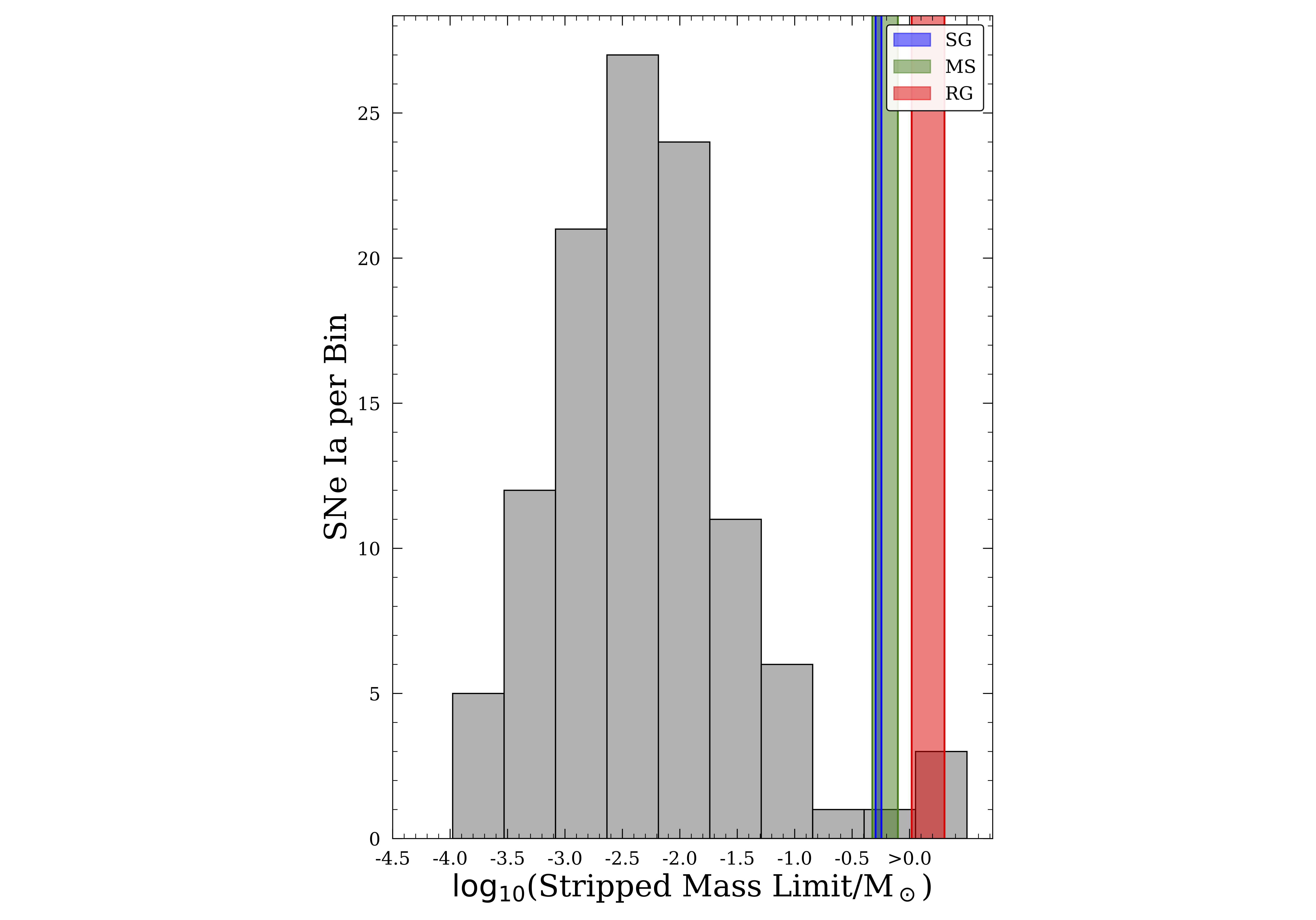
Nebular Spectra of 111 Type Ia Supernovae Disfavour Single-Degenerate Progenitors
Tucker, M. A. et al., MNRAS, 493, 1044 (2020)
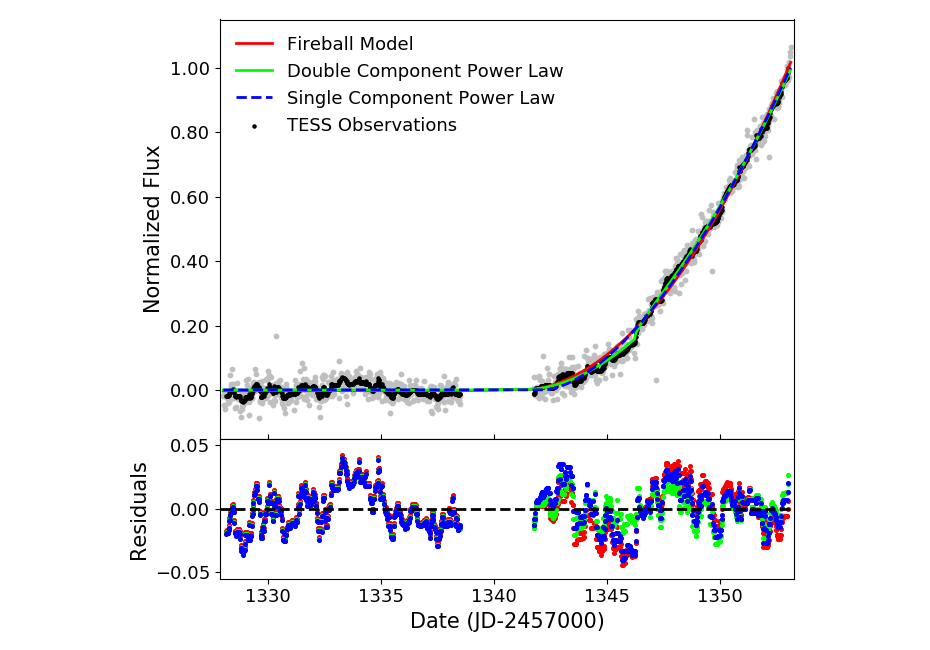
ASASSN-18tb: A Most Unusual Type Ia Supernova Observed by TESS and SALT
Vallely, P. J. et al., MNRAS, 487, 2372 (2019)
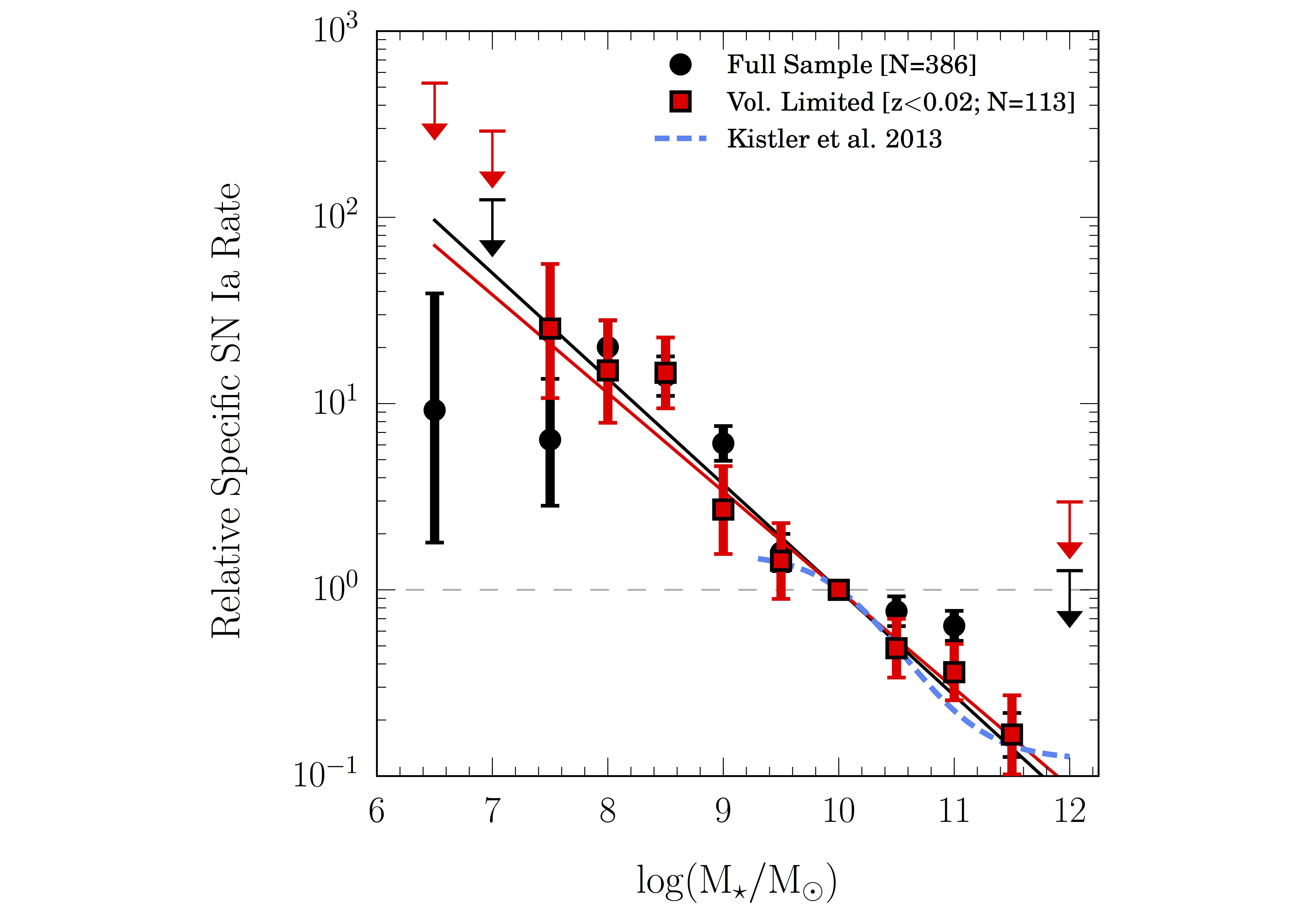
The Relative Specific Type Ia Supernovae Rate From Three Years of ASAS-SN
Brown, J. S., Stanek, K. Z., Holoien, T. W.-S. et al., MNRAS, 484, 3785 (2019)

Seeing Double: ASASSN-18bt Exhibits a Two-Component Rise in the Early-Time K2 Light Curve
Shappee, B. J., Holoien, T. W.-S. et al., ApJ, 870, 13 (2019)
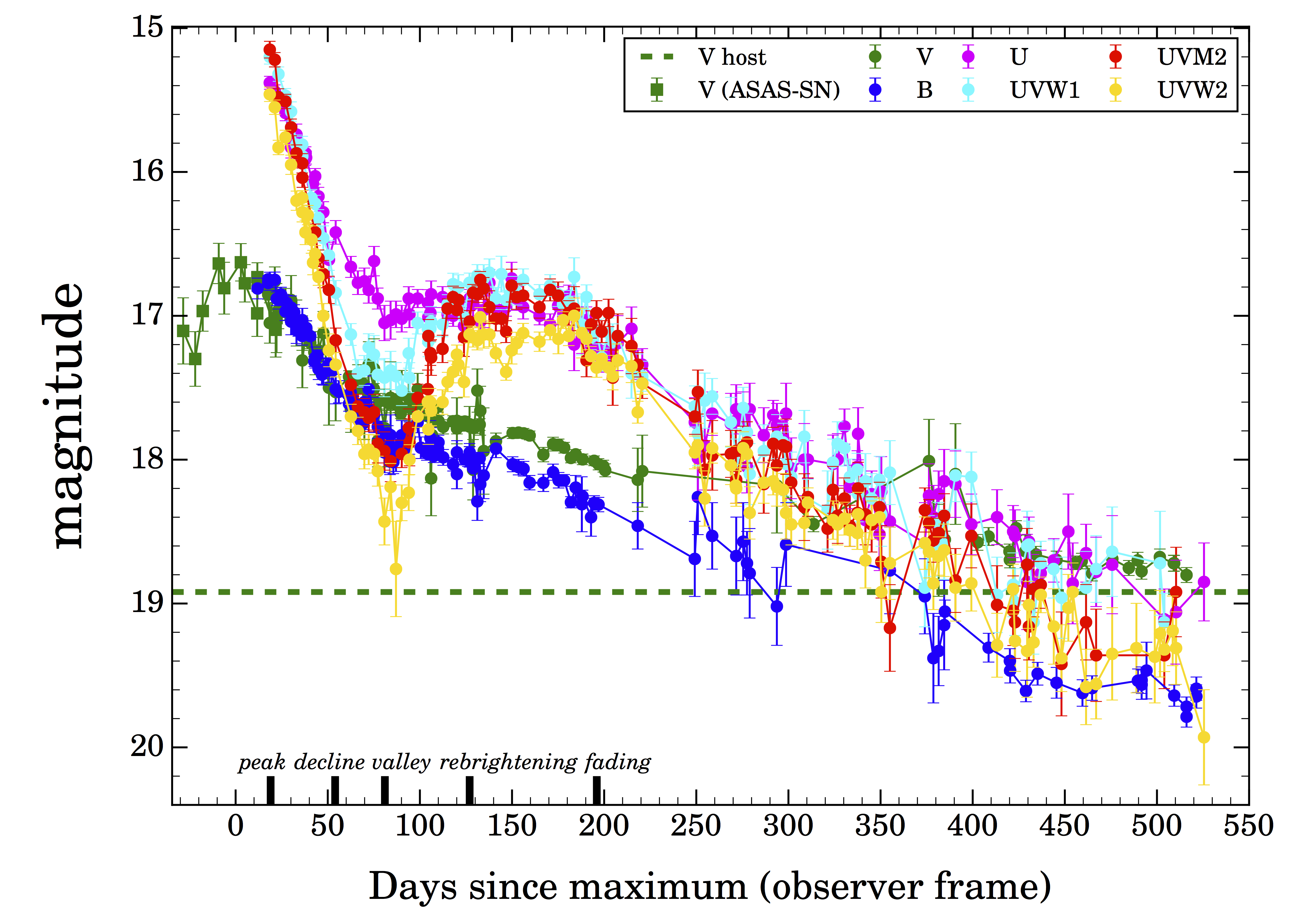
The Unexpected, Long-Lasting, UV Rebrightening of the Super-Luminous Supernova ASASSN-15lh
Godoy-Rivera, D. et al., MNRAS, 466, 1428 (2017)
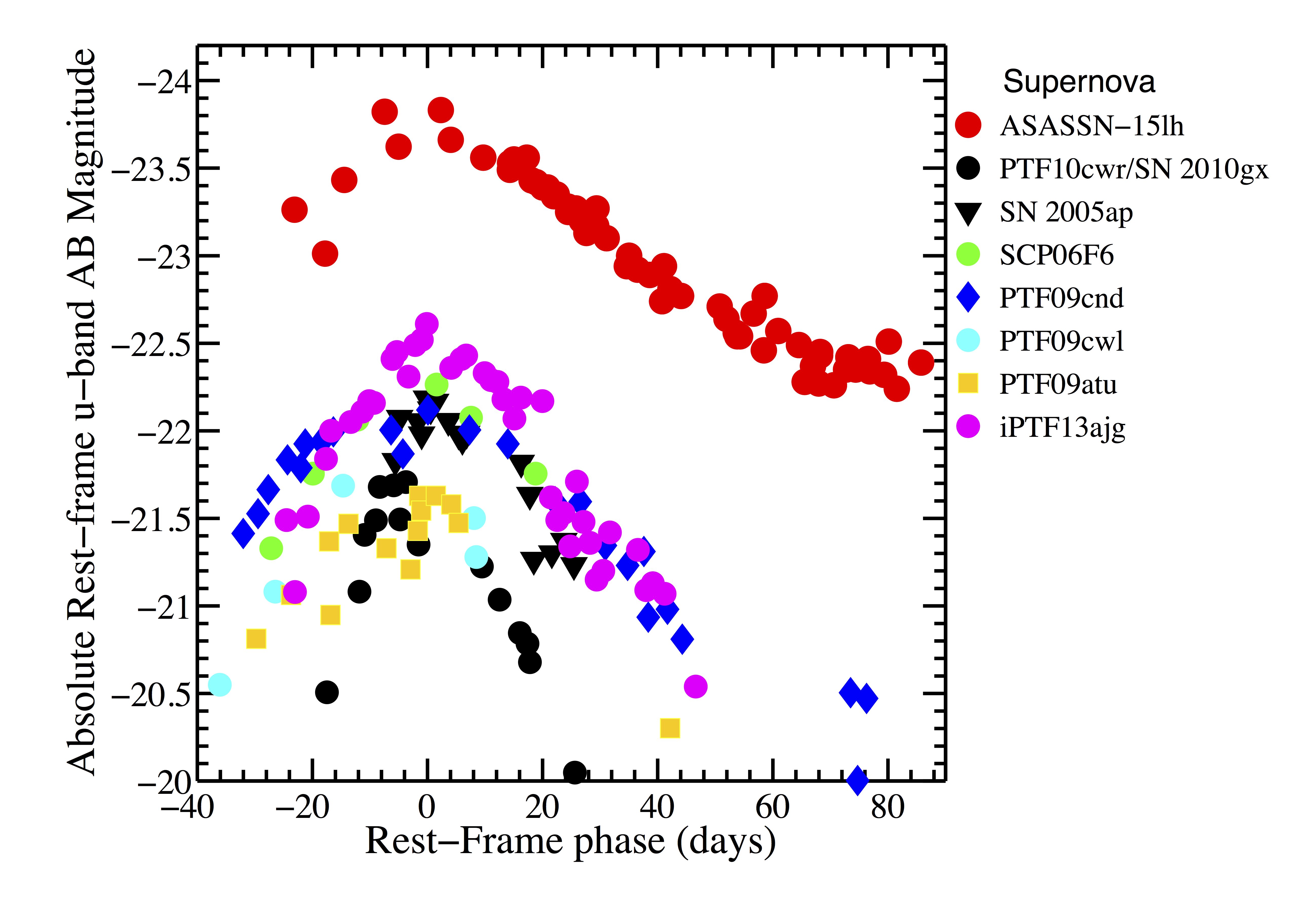
ASASSN-15lh: A Highly Super-Luminous Supernova
Dong, S. et al., Science, 351, 257 (2016)
Banner image credit Beijing Planetarium/Jin Ma.
